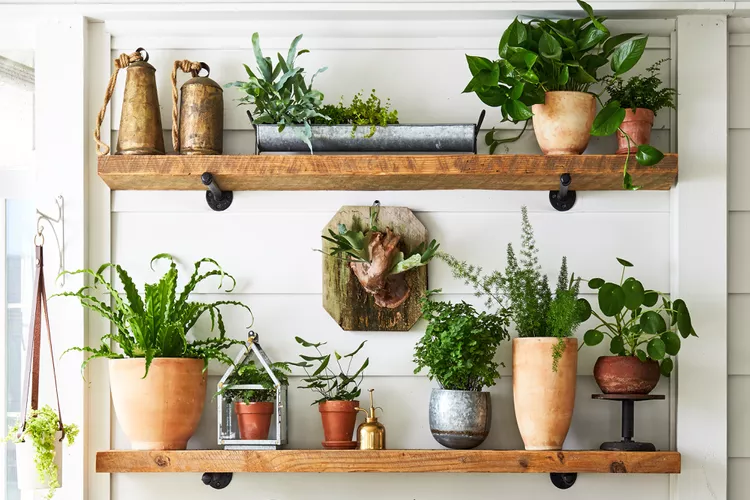You've probably seen recommendations for placing a houseplant in indirect light, but what exactly does that mean? Of course, light provides the energy plants need to make their own food. But not all plants have the same light requirements—some prefer full sun while others do best in shade. Many of the plants we grow indoors especially need indirect light rather than baking for hours in the strongest sunlight. Here's what you need to know to provide the right amount of indirect light for all your houseplants.
Why Do Plants Need Sunlight at Different Levels?
Knowing a plant’s natural habitat will help you understand the type of light it prefers. Many common houseplants hail from tropical regions where they grow as understory plants in the jungle. But even in a jungle, some plants climb toward more light while others seek shadier locations.
Orchids and bromeliads, for example, often grow attached to upright plants where light is brighter. Whereas peace lilies, prayer plants, and dieffenbachia thrive in the low light on the forest floor. A little research about your plants’ native habitats will provide clues to the best light conditions for each.
Be aware that low light houseplants are often burned by exposure to direct sun. They may display scorching or bleaching of their leaves and flowers. On the other hand, indoor plants that receive less than an optimal amount light may become leggy and/or refuse to flower. Keeping an eye out for either of these issues will help you figure out if a particular plant needs more or less light.
How to Measure Light for Plants
Light meters are tools that help measure light levels. A common unit of light measurement is the foot candle (ftc), which is approximately the amount of light given off by a candle at a distance of one foot. Light meter apps for your phone, such as Photone or Lux Light Meter can help you assess the amount of light in each area of your house. Because the light changes with the time of day, season, and cloud cover, you will need to take a variety of readings to get a feel for the light conditions of your indoor spaces.
Types of Indirect Lighting for Plants
There are three basic levels of indirect light: bright, medium, and low:
- Bright indirect light (over 500 ftc) is typically found near a south, east, or west facing window. Houseplants should be shielded from direct sunlight by a sheer curtain or the dappled shade from outdoors. If a south or west facing window has no curtain or shade, move the plant a few feet back from the window so that sunlight doesn't directly hit their leaves. East facing windows get more light in the morning, which tends to be less intense than afternoon sun, so plants may adapt to a situation closer to an unobstructed window. Anthurium, bromeliads, orchids, African violets, and peperomias are some of the many indoor plants that prefer bright indirect light.
- Medium indirect light (100-500 ftc) is easiest to achieve in a north facing window that receives no direct sun at all where plants can be set close to the window. Plants that prefer medium indirect light can be place a few feet back from an east or west facing window with similar results. Some common houseplants that thrive in medium indirect light include spider plant, hoya,dracaena, and many ferns.
- Low light is exactly what it sounds like—very little exposure to light (25-100 ftc). Think of plants in windowless offices or dimly lit restaurants. While very few plants actually thrive in low light, there are some, such as snake plant, cast iron plant, ZZ plant, and Chinese evergreen that will put up with low light conditions, at least for a while. Giving them a respite of a few weeks in medium indirect light every so often will keep them healthier.
Just like humans, houseplants are more likely to thrive given the right environment. Along with ensuring your plants get the right amount light, it's also important to keep them away from temperature extremes wherever you place them. Don't allow leaves to touch windows, and keep plants away from heating vents or exterior doors where they are subject to cold drafts.




















